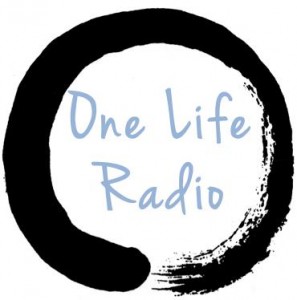Dr. James Dowd is a frequent guest on One Life Radio. You can listen to this episode live at http://oneliferadio.com/monday-august-31st-2015/. Here are a few of the key points from this interview:
What are the changes in the USDA 2015 food guidelines?
- Cholesterol is no longer a nutrient of concern and vitamin D is increasingly a nutrient of concern, with data suggesting we cannot get enough vitamin D from food alone. (Imagine that).
- Removal of the cap on fat intake. Used to be capped at 35% of total daily calories. Gone.
- Refined carbohydrates, added sugar, and sweetened beverages now the focus of concern. Should limit starches and sugars.
Why is cholesterol in our diet no longer a problem?
- Studies show no relationship between dietary cholesterol and the risk of cardiovascular disease. In other words cholesterol in our blood comes mostly from our own liver. We are making cholesterol in response to higher insulin levels triggered by starch and sugar in our diet.
Why was fat bad and now fat is OK?
- Fat was never bad. Trans fats and Partially Hydrogenated Oils are toxic (artificial fats). In 2006 labeling was required to show this content. In 2012 PHOs were removed from being considered ‘generally recognized as safe.’ Now commercial food manufacturers must eliminate the use of PHOs by June 2018. These fats have been banned in Europe since 2014. Fat still has lots of calories and when combined with sugar is a metabolic disaster, but when consumed with meat and leafy greens it is a part of a healthy diet.
How much should we restrict our starches and sugars?
- The FDA and USDA do not feel comfortable enough with the current database to place a cap on sugar and starch but they have been bold enough to suggest legislation to tax the sweetening of food. Studies from the University of Minnesota VA hospital seem to show a threshold of complex carbs around 30% of daily calories above which you begin to see insulin resistance. So we should probably target about 1/3 or fewer of our calories coming from starch and sugar (carbs). Currently Americans get 50-60 % of their calories from carbs and mostly non vegetable sources (bread, pasta, cereal, snacks, sugar).
